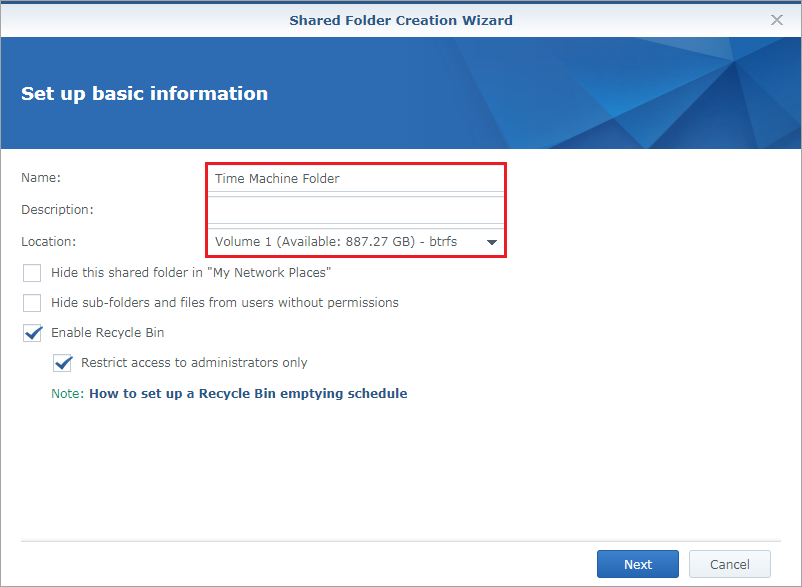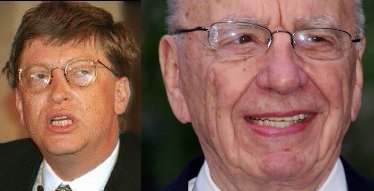
Personal dossier meaning in resume professional#
A professional summary is typically two to three sentences long. This is a short summary of your professional experiences, skills and goals that you may write to reflect the job to which you’re applying. It can be helpful to choose a larger font, separate information with a horizontal line or change the color to make your contact information more noticeable. Doing this ensures hiring managers and recruiters can easily locate your information so they can contact you.

It's important to include your name, telephone number, address and email address at the top of your resume. You should include these specific sections on your resume: Contact information Chronological Resume: What's the Difference? What to include on a resume This format offers flexibility while maintaining the resume's effectiveness. A combination resume starts with a skill summary and then the most relevant job experience. This format combines both the reverse-chronological resume and the functional resume, creating a hybrid resume. This resume is ideal for those who are changing careers or those who have gaps in employment.Ĭombination resume. A functional resume places emphasis on your skills rather than your work history. This resume type lists your most current work experience first along with your most celebrated achievements and then continues back in time until it reaches the end of your resume.įunctional resume. This is the classic format that most recruiters and hiring managers prefer. Several types of resumes can help emphasize your information according to your professional abilities and goals. Related: FAQ: How Many Jobs Should I Apply For? Resume types It’s still a good practice to provide a typed resume for jobs that don't require them to show your professionalism. If they don't require a resume, they may have you fill out a paper application to get an idea of your career background. Companies that require resumes typically mention that requirement in their job postings.


If you’re interested in applying to new jobs and you'd like to have a chance to interview in person, it’s likely that you need a resume to provide potential employers. Many employers require applicants to submit a resume to be considered for a job opportunity. Related: 10 Resume Writing Tips To Help You Land a Job Who needs a resume? Helps employers eliminate unqualified candidatesĪllows you to demonstrate your written communication skills Outlines your skills, background and education so employers can easily see how your experience contributes to the success of a company Provides an opportunity to market yourself to employers Here are some additional reasons why resumes are important:

Resumes are often the most important step in the application process. Resumes are usually the first impression a potential employer has of you.
Personal dossier meaning in resume how to#
Related: How To Create a Resume Outline Why is a resume important? Most resumes consist of work history, education, a professional summary and a list of skills. Hiring managers or recruiters usually collect resumes through an organization's career website, a job search engine, a professional social media page or in person. Those interested in finding a new job write a resume. What is a resume?Ī resume is a formal document that displays an individual's professional background and relevant skills. In this article, we discuss what a resume is, why it's important and to whom, as well as what to include and the essential types and parts of a resume with a template to help guide you in writing your own. It’s helpful to review information about resumes and learn what to include in a resume to make yours as effective as possible. Resumes allow applicants the opportunity to describe their experience and skills in their own words. A resume is one of the documents employers may request you to submit as part of an application package.


 0 kommentar(er)
0 kommentar(er)
